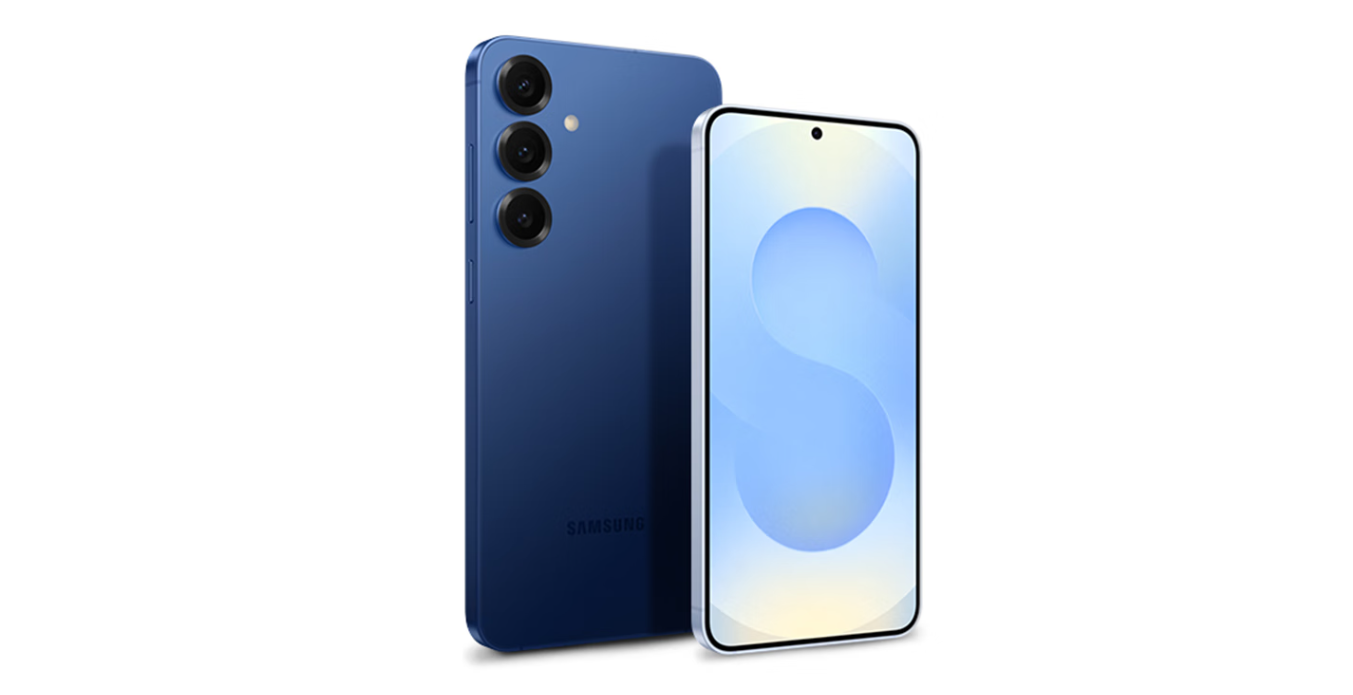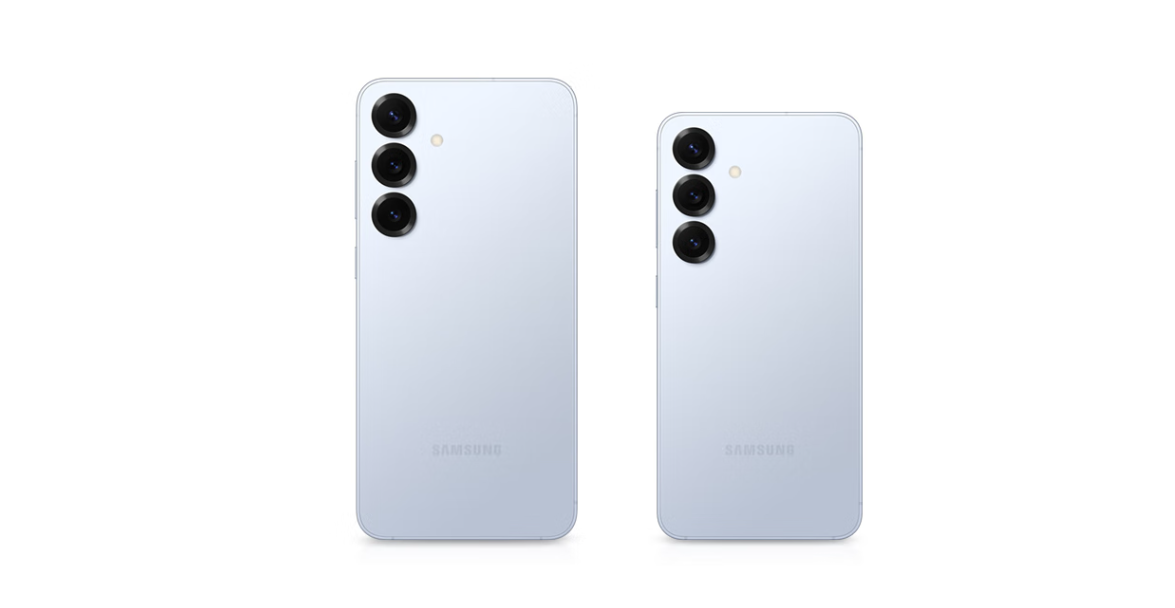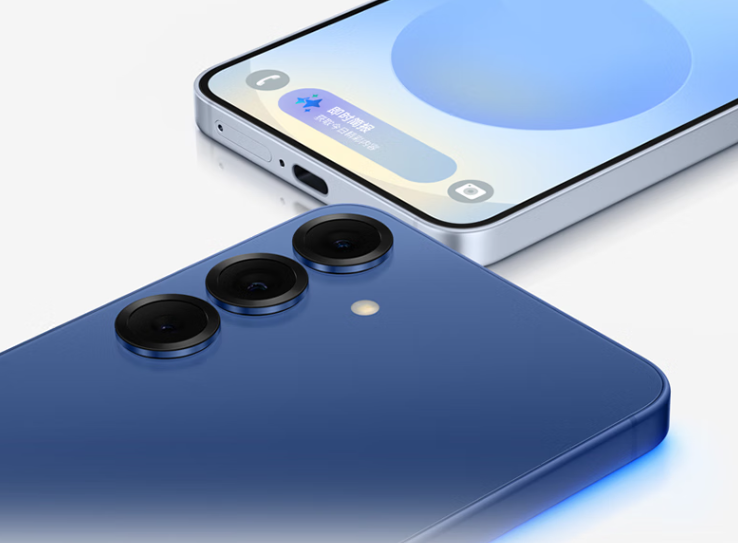Samsung S25 Claims the Title of the Price Drop King in 2025, Outpacing iPhone 16e
![]() 04/03 2025
04/03 2025
![]() 439
439
Since the close of last year, the mobile phone industry's primary focus has shifted from device features and specifications to price reductions, as companies rush to lower prices to avoid losing market traction. However, these reductions follow a predictable pattern. For instance, models priced below 6000 yuan typically experience only a 15% price drop during their initial launch period due to government subsidies. Even if some models proactively reduce their prices early on, the initial discounts are usually minimal. An official price drop of around 500 yuan usually takes at least three months to materialize. Some companies manage to hold out, while others do not.
Approximately one month after the iPhone 16e's launch, it saw a price drop of 1000 yuan when combined with government subsidies, leaving many Apple fans puzzled. In the years the iPhone has been sold in the Chinese market, such a scenario has never occurred. Initially, I assumed that the iPhone 16e had set a new record for the fastest price drop in the mobile phone market, but the facts proved otherwise. Because before Samsung even "entered the fray," anything was possible, and indeed, the S25 has reclaimed the "throne" of price drops.

Initially, only the standard version of the entire S25 series, priced at 5999 yuan, qualified for government subsidies. Now, the S25+ has also joined the ranks. To qualify for these subsidies, the S25+ proactively reduced its price by a significant 1000 yuan to 5999 yuan just one and a half months after its launch. Subsequently, it saw an additional 500 yuan price drop due to government subsidies. Now, it can be purchased for 5499 yuan, a total price drop of 1500 yuan in just one and a half months. It is indeed challenging to find a competitor model that can match this level of price reduction. Even within its own lineup, Samsung has never witnessed such a rapid price drop before. Yet, most netizens do not seem surprised by this rapid pace and magnitude of price reduction.
Some even believe that a 1500 yuan price drop is just a minor adjustment, and that the true selling price of the S25 series in the eyes of consumers will only be revealed during this year's 618 shopping festival. The reason behind the rapid price drop of the S25+ and the lingering dissatisfaction among many is twofold. Firstly, there is a precedent. According to convention, Samsung's flagship models tend to see significant price drops in the first half of their launch year, so many people are still waiting.

Secondly, some functional configurations make many people feel that the price is not justified. The most prominent example is battery life. Such a high-priced phone still uses a 4900 mAh battery, which many consider subpar in the Android market. Coupled with its 6.7-inch 2K screen and customized CPU chip, users' concerns about battery life are well-founded. While the Ultra version boasts impressive camera specifications, the S25+ falls short in this regard. Although Samsung's imaging algorithm is very strong, for a phone priced at over 5000 yuan (after the price drop) to still use a 12-megapixel ultra-wide-angle lens and a 12-megapixel telephoto lens, it's understandable why users might have reservations.
Of course, the S25+ does have its advantages, such as its top-tier 2K screen, powerful AI functions, and consistently superior water resistance. However, these features have not impressed users, as domestic models with similar functional configurations are priced much lower. Personally, I believe that the S25+ would reach a psychologically expected price point if it were to drop another 1000 yuan.

Why are we saying so early that the S25+ has claimed the title of the Price Drop King in 2025? Because in this regard, only Samsung can surpass itself, and only next year's S26+ holds out hope for such a title.








